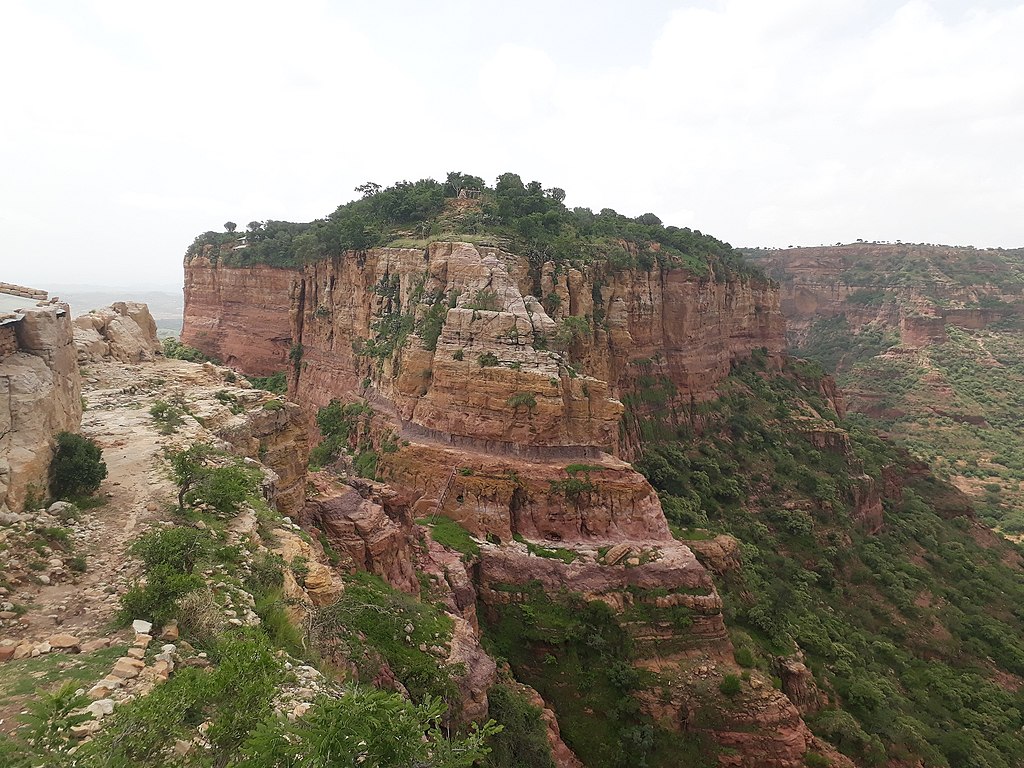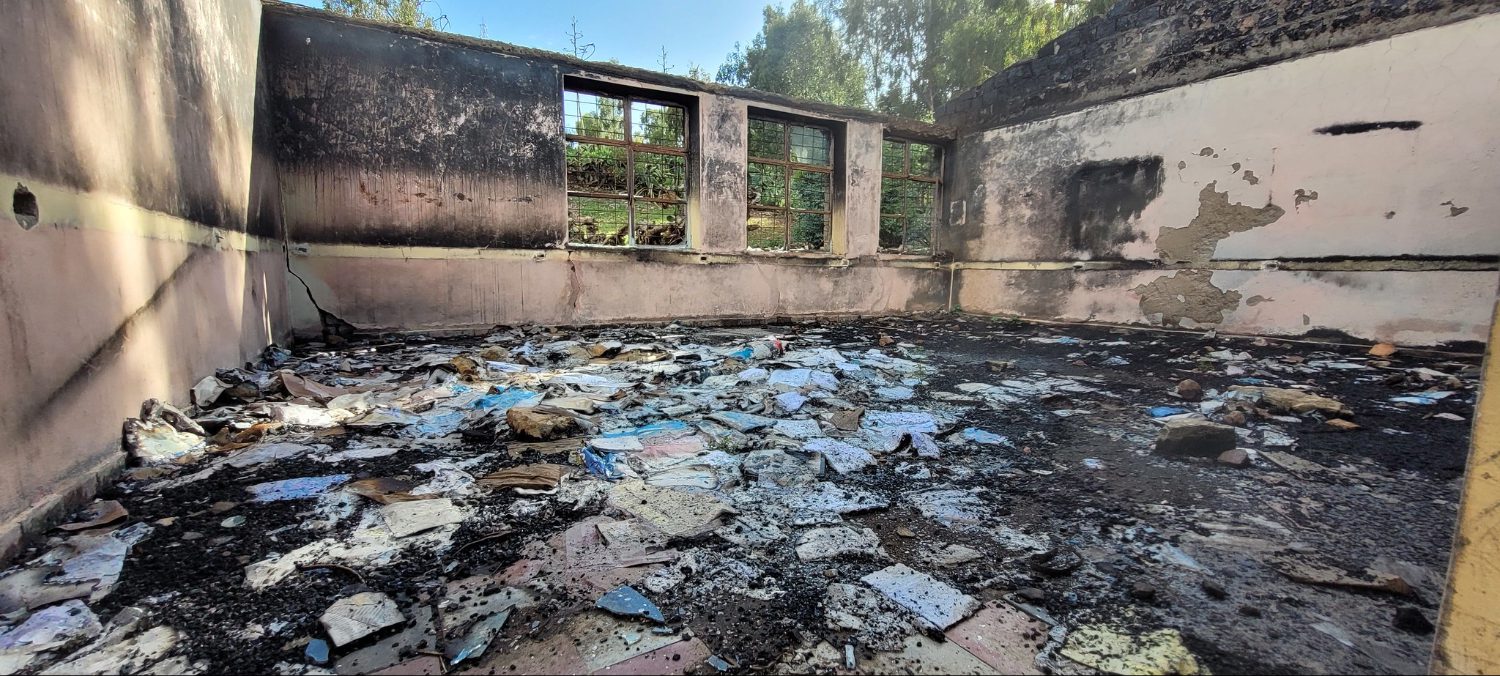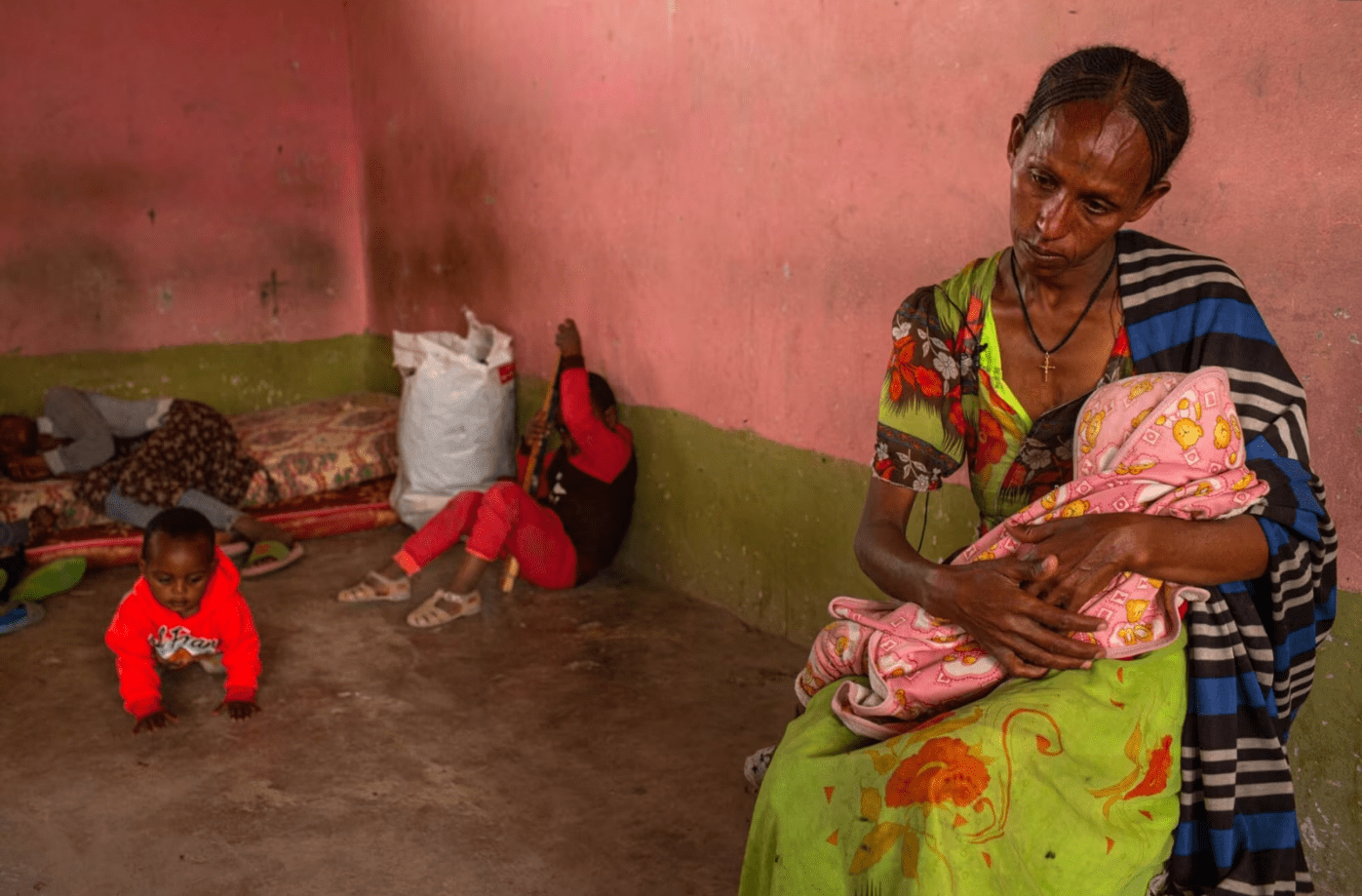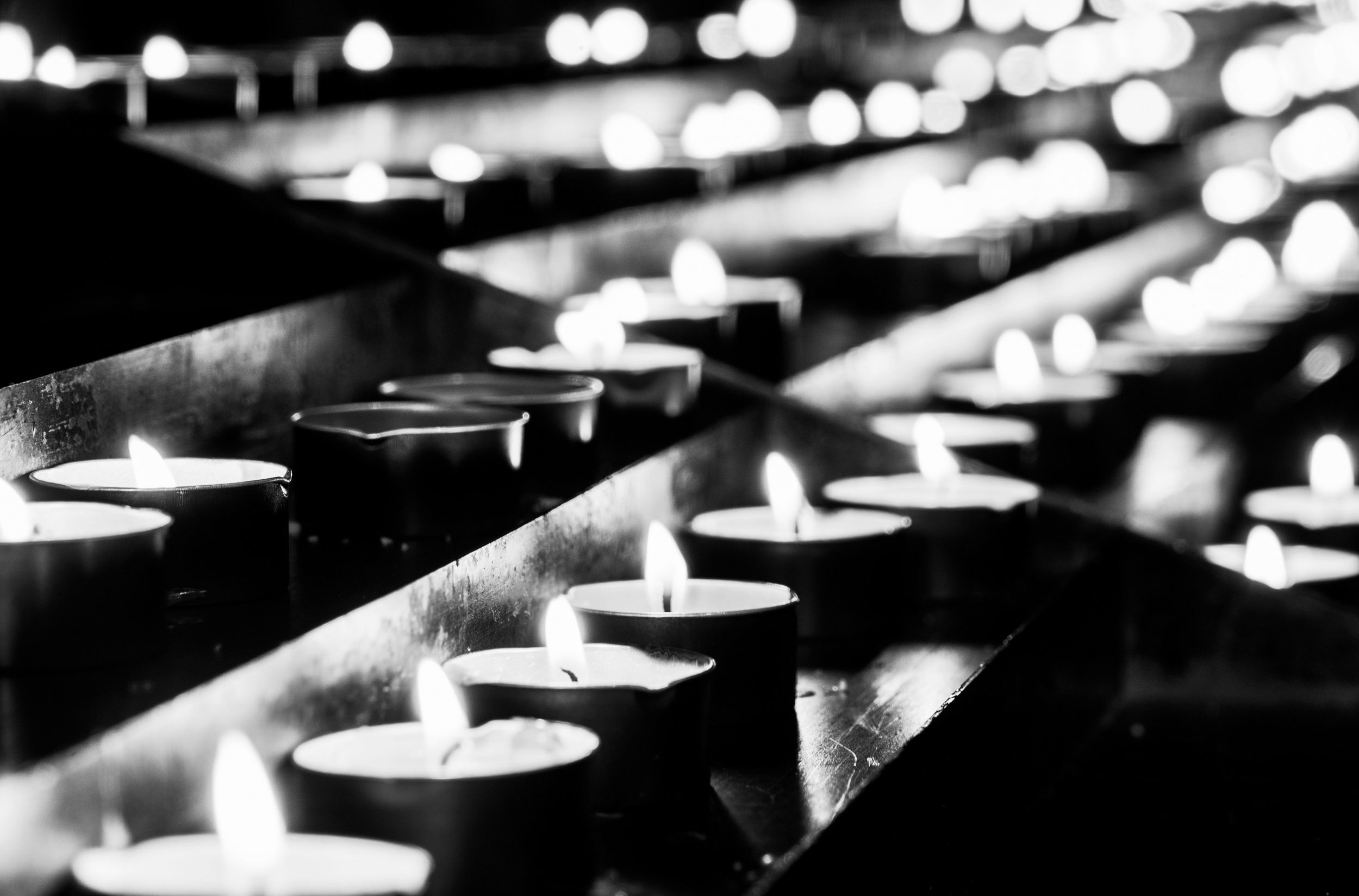Authored by Jan Nyssen, Hailemariam Meaza, Sofie Annys, Emnet Negash, Biadgilgn Demissie, Zbelo Tesfamariam, Tesfaalem Ghebreyohannes
The people of Tigray owe their survival to no-one but themselves. The report, Ethiopia : how a lucky village in Tigray survived the devastating war, is authored by a multi-author team from the universities of Mekelle and Ghent. It focuses on the small village of Debba Selama and tells this story. As Tigray emerges from its imposed isolation and silence, this is one tale among many. In this case it’s a story that shows the formidable resilience and survival skills of rural people, skills of enduring exceptional hardship that have lain unutilized for a generation, but have again been drawn upon.
Debba Selama is reputedly the hardest-to-access monastery in the world, carved into a clifftop. It and the adjoining small village count themselves lucky to have escaped the most vicious ravages of the war, because by good fortune, they were not massacred by federal, Eritrean or Amhara forces, and they were lucky to be well-endowed with productive soils and good rainfall. But even these conditions—the best-case scenario in Tigray today—they suffered terribly from the hardships of a protracted siege. The social fabric was stretched to breaking point, but didn’t break.
The scars of the war can be observed on the landscape. Cut off from towns and external supplies, without government services, the impressive gains in environmental preservation and forestry of the previous thirty years have been lost. People have turned back to ecologically-destructive practices such as charcoal burning for fuel.
The report draws upon detailed interviews conducted by Tigrayan field researchers who have worked in the community for years, and thereby gained the confidence of the people. Over that same extended period, their partners in Mekelle and Ghent have worked with them and gained the mutual trust so essential for this kind of field research. The collaboration included conceptualizing and designing the research, GIS mapping, drawing on the project’s extensive archives of data and photography, and interviewing. The team included Jan Nyssen, Hailemariam Meaza, Sofie Annys, Emnet Negash, Biadgilgn Demissie, Zbelo Tesfamariam, and Tesfaalem Ghebreyohannes.
The report shows how information can be gathered and analyzed from the most difficult and hard-to-access parts of Tigray. It poses the question, why the United Nations and international humanitarian donors have not been doing this in partnership with local researchers.
When the people of Tigray stood at the abyss of war and atrocity in 2020 at the hands of leaders in Addis Ababa and Asmara, the Tigray People’s Liberation Front failed to provide leadership to prevent the foreseeable calamity.
One of the villagers is quoted, “We were led by ourselves during the war.” As some kind of peace returns, the people who led themselves through the valley of death deserve our respect and support.
Photo: Dabba Selama monastery on a small mesa in Adigrat Sandstone, in Dogu’a Tembien, Ethiopia. Jan Nyssen, 2019 (GNU FDL)



